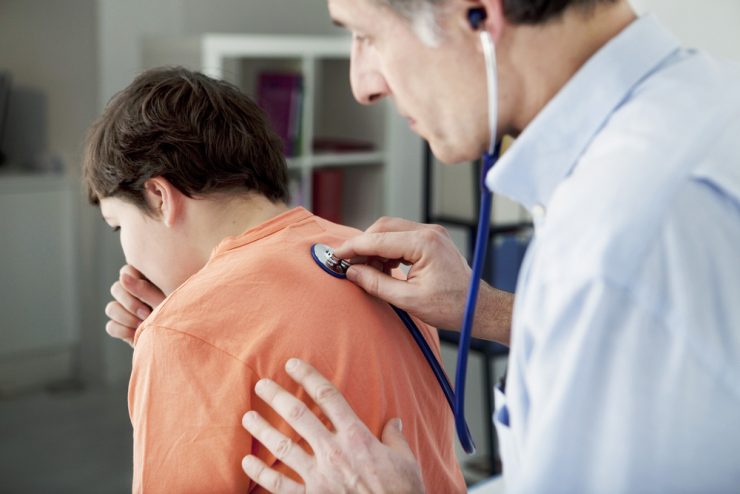A hernia is a condition featured by the protrusion of an internal organ across an area of weakness in the muscle tissue.
Types:
Based on the area in which it appear, hernias are divided into
Inguinal hernia – featured by the protrusion of intestines across the lower abdomen
Femoral hernia – featured by protrusion of tissues across groin
Incisional hernia – featured by the protrusion of tissues via an unhealed surgical incision.
Umbilical hernia – featured by protrusion of tissues through abdomen near to umbilical region.
Among the various types of hernias, inguinal type is the most frequently reported one. Men are prone to this condition and the risk increases with age advancement.
Symptoms
Presence of a bulge in the abdomen or groin is the significant symptom. Often it doesn’t cause any pain and is detected by a check-up. Depending upon whether the bulge can be pushed in or not, they are classified into reducible and irreducible hernia. In few, certain activities tend to make the hernia painful. This include bending, lifting weighty items, continuous cough and indulging in sex.
Once the section of intestine is trapped amid the area of weakness, the person won’t be able to pass motion normally and he may develop constipation with the manifestations like severe pain, sense of fullness, nausea and vomiting.
When the intestinal section id deprived of the blood supply, it is called as a strangulated hernia and will have the manifestations such as a constant pain that slowly worsens, nausea and vomiting, bulging, pain on touching the lump, tenderness around hernia.
Causes
A weak section of the abdominal wall near to the inguinal area is the actual cause for inguinal hernia. The process of muscle weakening is thought to be associated with the ageing process. A person who is obese and one who performs strenuous activities are more at risk. Other risk factors include male sex, a person above 40 years old, previous history of hernia, belonging to white race and suffering from COPD.
Treatment
The hernia can be corrected only with a surgery. The protruding tissues are re aligned and a synthetic material may be used to support the weakened musculature. The surgery may be carried out in two different ways:
Open surgery – Involves surgery through an outsized abdominal incision.
Laparoscopic (keyhole) surgery – involves surgery through a minute incision and is guided by a camera.
Hernia truss:
A truss is an elastic band that adds support to the abdomen and prevents protrusion of tissues. This method is not in use currently.
Prevention
A continuous cough is a prominent risk factor and if ever the person is a smoker it is always better to avoid it as to avoid respiratory irritation and ultimately cough. A person with severe respiratory disorders also should seek prompt intervention.
A consultation with the physician or a counsellor will be of great use in quitting smoking.











